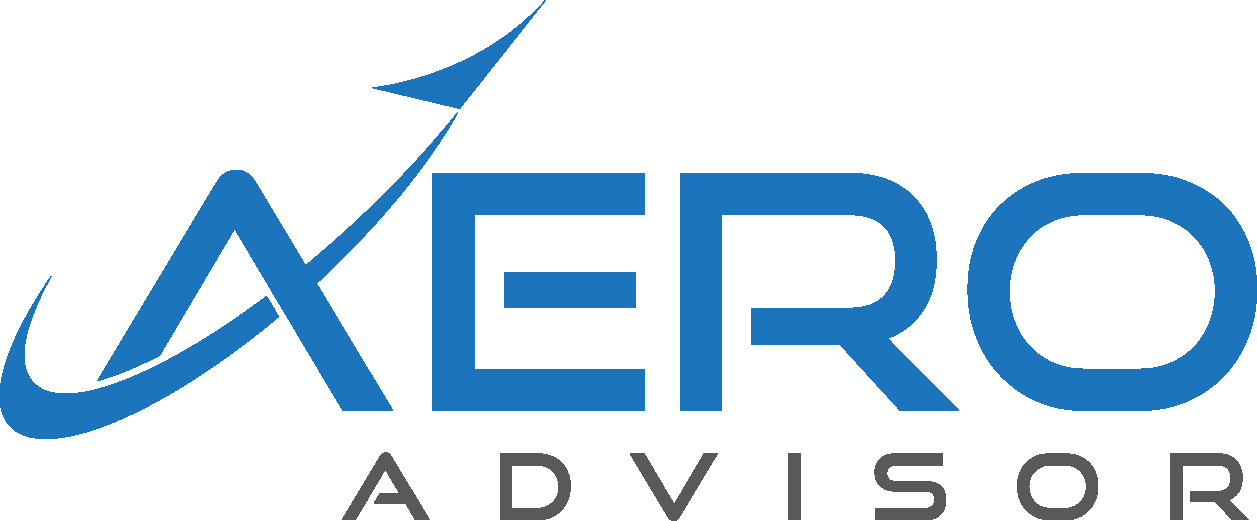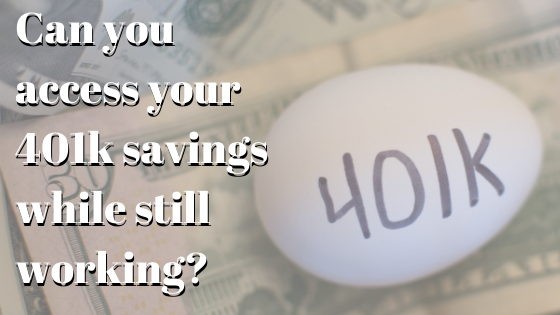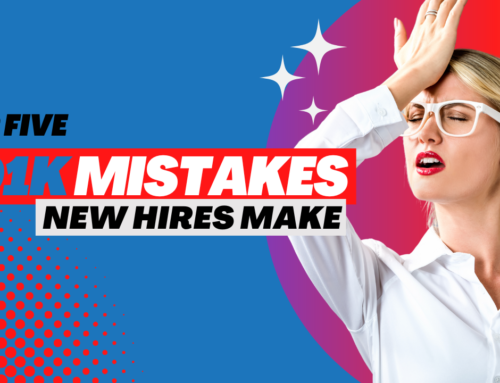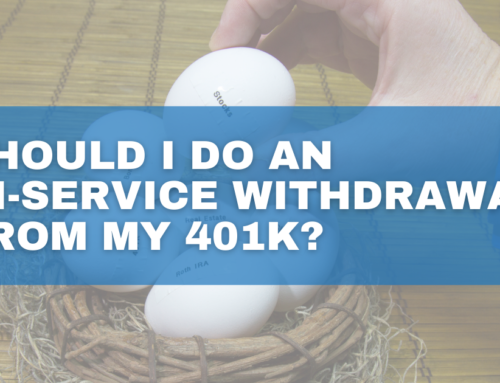Market volatility might have some Lockheed Martin employees logging on to their Empower account a little more often.
Did you know that you can pull funds from your 401k before you retire? The in-service withdrawal could be a great option for Lockheed 401k participants looking to access funds in their 401k while they are still working. With funds outside your 401k, you can have more options to make sure your future income is stable down the road.
What is an in-service withdrawal?
An in-service withdrawal is a feature of some 401k plans that allows you to roll money out of the plan while you are still working for the company.
If you pull funds out of the plan, they may be taxable at your ordinary income tax rate (depending on how the dollars went into the account). You also have the option of rolling those funds into a traditional IRA and avoid the tax hit.
Lockheed employees can do an in-service withdrawal once every six months. The funds can be taken from a number of different buckets depending on how long you’ve been at Lockheed and how the funds are invested (pre-tax or after-tax). You can find out more by contacting the Savings Plan Information Line (1-800-444-4015) or through the Empower 401k website.
Who can take an in-service withdrawal?
Anyone that is still working and is 59.5 years of age or older can take a withdrawal from the plan.
What are the benefits of taking an in-service withdrawal?
- More investment flexibility. There are limited options available to you to invest inside your 401k plan. If you rolled out a portion of your 401k into a traditional IRA, you could possibly have more investment options, including cash, CDs, individual stocks, bonds, annuities etc. to invest in.
- More control over your assets. If you roll assets over to a traditional IRA, you don’t have to worry about the plan at work changing investment options or providers and requiring you to make changes to your 401k. You can direct the IRA yourself or hire a financial advisor to help.
- Access to cash. An in-service withdrawal can also give you access to cash out of your 401k. Just make sure you consider the taxes that you might get hit with. It’s important to discuss this route with your tax professional before taking the distribution.
What are the drawbacks of taking an in-service withdrawal?
- Fees. Depending on how the account you roll the funds into is set up, the fees might be more expensive than the fees of your 401k. Make sure you know exactly what fees you’ll pay in the IRA before you decide to roll assets out of your 401k.
- More investment flexibility (and decisions!). I know that was a benefit in the Pros section, but if you don’t like a lot of options, rolling funds into a traditional IRA could create a lot more decisions. A financial advisor could help with those choices, but will most likely come with an additional fee (see above).
- Retiring Early? If you are planning on retiring before age 59.5, leaving the funds inside the 401k might be better for you. The 401k allows you to take funds out after you hit 55 if you no longer work at the company. If you roll funds out of the plan to a traditional IRA, you could be taxed and penalized for removing funds from that IRA before age 59.5.
- Extra tax payments – If you decided to take a cash distribution (and not roll the funds into the IRA) then you could be hit with a high tax bill (especially if you are still working and have a good income). It’s a good idea to check with your CPA and tax professional before pulling the trigger on an in-service withdrawal.
An in-service withdrawal may or may not be a good option for you, but it’s important to look at the positives and negatives when you are close to hitting 59.5 years of age.
If you’d like a 100% free, no-obligation analysis to see if it’s the right option for you, shoot me an email at Brian@TheAeroAdvisor.com or click the button below to pick out a time that works best for you.
The opinions voiced in this material are for general information only. They are not intended to provide specific advice or recommendations for any individual, nor intended as tax advice. We suggest that you discuss your specific situation with a qualified tax or legal advisor.






